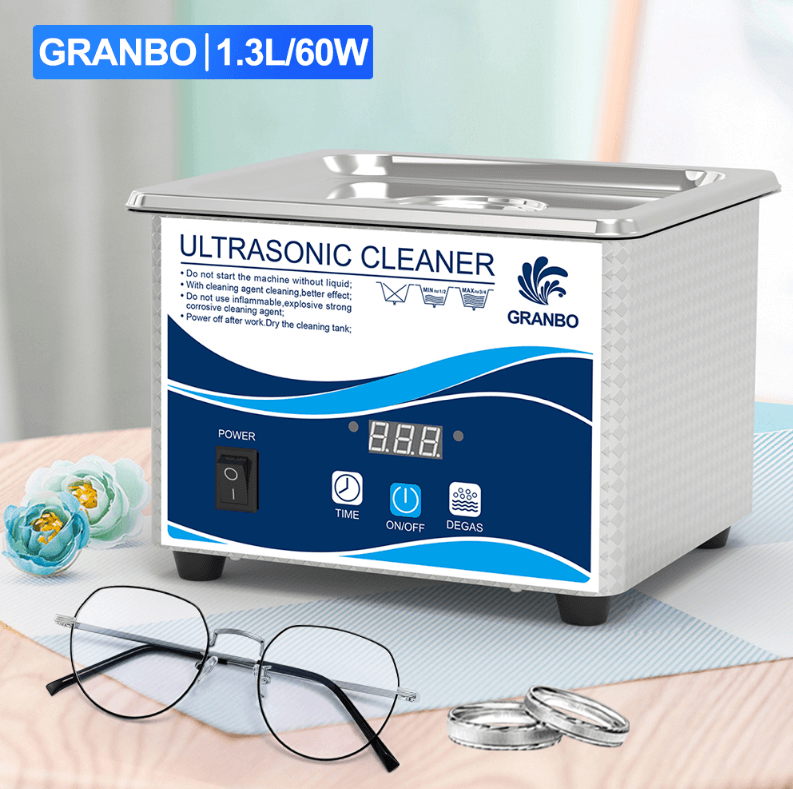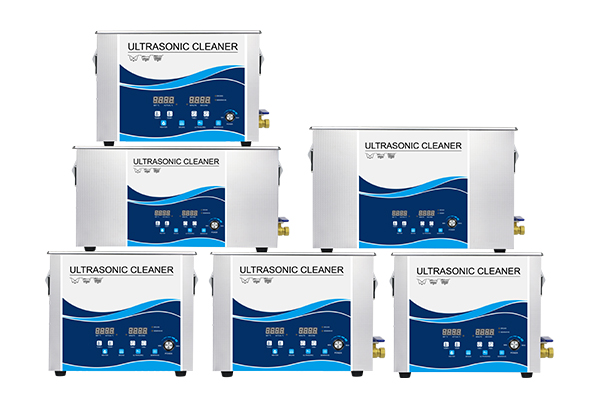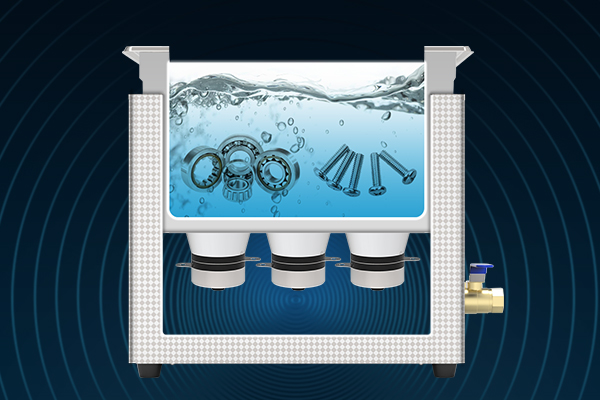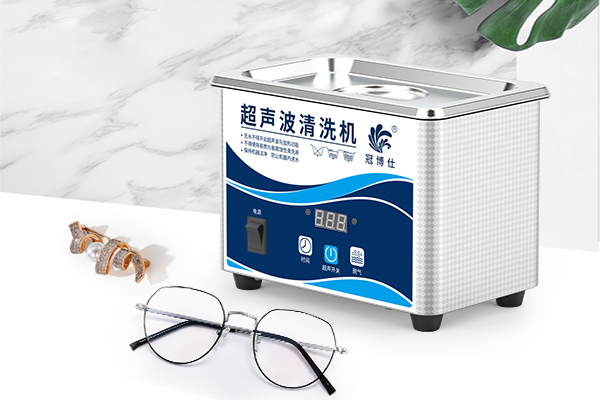If you’ve ever used an ultrasonic cleaner or considered purchasing one, chances are you’ve asked a deceptively simple question: What kind of water should I put in it? Tap water? Purified? Or perhaps distilled water, the purest form readily available to most households and laboratories? On the surface, this seems like a matter of convenience or availability—but beneath it lies a fascinating blend of physics, chemistry, and practical wisdom.
Ultrasonic cleaning isn’t just about soaking things in water and pressing a button. It involves microscopic cavitation bubbles, sound frequencies beyond the range of human hearing, and the ability to clean objects more thoroughly than manual scrubbing ever could. But here’s where it gets interesting: the medium through which these sound waves travel—yes, the water—plays a far greater role than most people realize. So what happens when that water is distilled?
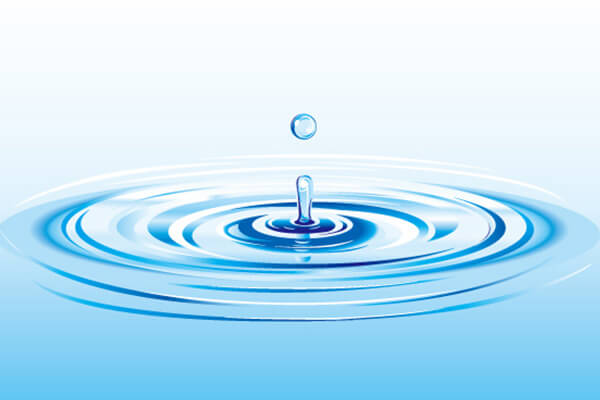
Let’s unravel what makes distilled water unique in this context, what potential benefits and pitfalls it carries, and whether it is truly the best choice—or just one of many. Spoiler alert: while distilled water is often seen as a “safe bet,” it may not always be the most effective, depending on your goal.
What Actually Happens Inside an Ultrasonic Cleaner?
To understand whether distilled water is appropriate, it helps to first grasp how ultrasonic cleaning works on a fundamental level. At the heart of every ultrasonic cleaner is a transducer that converts electrical energy into high-frequency sound waves—usually in the range of 20 to 120 kilohertz. These waves travel through the liquid in the cleaning tank, producing millions of microscopic vacuum bubbles. This process is known as cavitation.
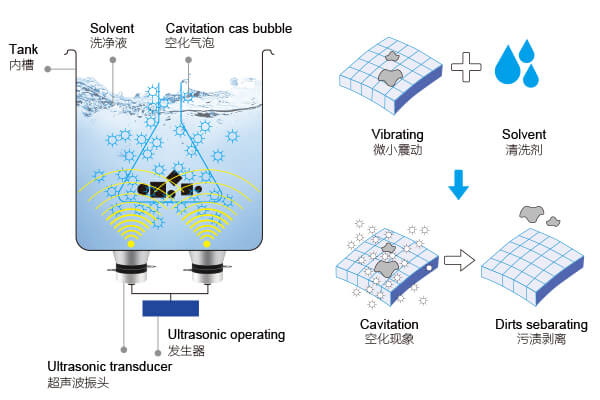
As these bubbles form and collapse in rapid succession, they create tiny shockwaves that agitate and dislodge dirt, oil, oxidation, and even microscopic particles from the surface of immersed items. The process is both incredibly gentle—safe for intricate watch gears or jewelry settings—and surprisingly thorough, especially in places manual cleaning can’t reach, like blind holes or fine mesh filters.
Now, here’s where the choice of liquid becomes essential. Cavitation is highly dependent on the physical properties of the cleaning medium. The fluid’s viscosity, surface tension, vapor pressure, and—yes—its purity all influence how effectively bubbles form and collapse.
What Makes Distilled Water Different?
Distilled water is water that has been purified through distillation—meaning it has been boiled into vapor and then condensed back into liquid form in a separate container. This process removes minerals, salts, and other impurities. What you’re left with is a very pure, neutral liquid with minimal conductivity and essentially no dissolved solids.
That purity has its pros and cons in the context of ultrasonic cleaning. On one hand, distilled water won’t leave mineral residues on your items or cause scale build-up inside the tank, making it especially appealing for cleaning electronics, lenses, and precision components. On the other hand, because it lacks ions and impurities, it may not conduct ultrasonic energy quite as effectively on its own. In practice, this means it might produce slightly less aggressive cavitation unless something else is added to the mix—like a cleaning solution.
Many manufacturers and users therefore recommend using distilled water plus a suitable detergent or cleaning additive, especially when cleaning metal, jewelry, or oily parts. The additive lowers surface tension and increases the overall effectiveness of the ultrasonic process, compensating for the limitations of pure water.
Is Distilled Water Alone Enough?
Using only distilled water in an ultrasonic cleaner can be effective in very specific circumstances. For example, if you are cleaning items that are lightly soiled, such as new eyeglass lenses, surgical instruments post-disinfection, or delicate items that cannot tolerate chemicals, distilled water might be sufficient. Its purity ensures that no minerals or residues are redeposited during the cleaning cycle. In applications where contamination control is paramount, such as microelectronics or precision optics, this is a meaningful advantage.
However, cleaning effectiveness dramatically improves when a proper cleaning agent is added to the distilled water. A surfactant or mild detergent changes the water’s surface tension and allows cavitation to work more efficiently. Think of it like washing greasy dishes—warm water alone helps, but soap makes the job much easier.
And here’s the critical insight: ultrasonic cavitation is not a scrubbing process in the traditional sense. It’s about microscopic shockwaves and solvent interaction. So if the solution lacks the chemistry to dissolve or lift dirt, the bubbles can only do so much.
Distilled Water vs Tap Water: A Comparison
Let’s pause and visually compare the properties of distilled water with regular tap water when used in an ultrasonic cleaner:
| Criteria | Distilled Water | Tap Water |
|---|---|---|
| Purity | Extremely high, no minerals or additives | Contains minerals, chlorine, and contaminants |
| Residue on Cleaned Items | None | Can leave spots or scaling |
| Compatibility with Electronics | Excellent | Risk of corrosion or shorts if not rinsed |
| Cavitation Efficiency Alone | Moderate | Slightly better due to presence of ions |
| With Cleaning Agent | Highly effective | Effective, but may leave mineral deposits |
| Tank Maintenance | Prevents scale build-up | May cause scaling or corrosion over time |
As shown, distilled water is cleaner and more predictable, particularly for delicate or sensitive items. Tap water might seem more convenient, but over time it can damage the cleaner or leave undesirable residues on high-value items.
When Is Distilled Water the Best Choice?
Distilled water becomes invaluable in ultrasonic cleaning when absolute purity is required. Precision optical instruments, such as camera lenses, microscope components, or high-end laboratory glassware, are vulnerable to residue left behind by tap water. In these cases, even microscopic deposits can distort images or interfere with experimental accuracy.
Electronics, too, benefit greatly. Circuit boards, sensors, and delicate microchip housings cleaned with distilled water are far less likely to suffer from corrosion or electrical issues, provided the items are dried thoroughly. In fact, most manufacturers of medical and semiconductor cleaning equipment explicitly recommend distilled water to avoid scaling and contamination.
Furthermore, distilled water is crucial in cleanroom settings where contaminants must be rigorously controlled. If you’re cleaning for sterile packaging, pharmaceutical preparation, or aerospace components, the last thing you want is tap water residue introducing foreign particles or salts.
When Distilled Water Is Not Enough
However, not everything benefits from the minimalist purity of distilled water alone. When you’re dealing with items heavily soiled with grease, oil, carbon build-up, or bio-residue—think engine parts, jewelry worn daily, dental tools, or cosmetic brushes—distilled water without a surfactant will likely underperform.
This is where the formulation of your cleaning solution becomes important. The addition of a mild detergent, enzymatic cleaner, or alkaline solution enhances the action of cavitation, especially for breaking down organic grime or emulsifying oils.
Let’s say you’re cleaning a gold ring with lotion residue and skin oils. Using only distilled water might clean the surface lightly, but a gentle jewelry cleaning solution in distilled water will get into every crevice, dislodging particles without harming the stone or setting.
Practical Tip: Combining Distilled Water with Additives
The best practice often lies in using distilled water as the base and combining it with a compatible additive based on what you’re cleaning. Here are some pairings to consider:
| Cleaning Task | Recommended Additive | Notes |
|---|---|---|
| Optical lenses | Mild non-ionic surfactant | Prevents fogging, no streaks |
| Medical instruments | Enzymatic cleaner | Targets protein and organic buildup |
| Jewelry with gemstones | Ammonia-free mild jewelry cleaner | Safe for most gems, avoids harsh reactions |
| Greasy automotive parts | Alkaline degreaser | Cuts through oil, safe on most metals |
| Electronics | Distilled water only or <0.5% IPA | IPA aids evaporation; must be dried completely |
Notice that even in heavy-duty applications, distilled water can remain the primary liquid—it just needs support. This strategy extends the life of the tank, protects your items, and gives you control over the cleaning process.
How Does the Liquid You Use Affect Your Ultrasonic Cleaner?
Most users think only about what the liquid does to the items being cleaned—but what about what it does to the cleaner itself? Your ultrasonic cleaner is a precise machine with sensitive internal components, particularly the transducers adhered to the bottom of the cleaning tank. The quality and chemistry of your cleaning solution can significantly influence its longevity and performance.
Distilled water, being pure and non-corrosive, is the safest option in terms of preserving the machine. It contains no minerals or chemicals that can accumulate on the tank walls, corrode the solder points, or leave crusty residue that interferes with cavitation. It’s especially favored in facilities where ultrasonic cleaners are in continuous use, such as in dental clinics or electronics labs. Many manufacturers even specify that using distilled water helps maintain the product warranty.
In contrast, tap water—even if softened—can leave behind calcium and magnesium deposits over time. These minerals can etch metal surfaces or create a scale that mutes ultrasonic waves, reducing cleaning effectiveness. This is especially problematic if you operate the cleaner at elevated temperatures, which accelerates the crystallization of minerals.
When it comes to chemical additives, caution is needed. Highly alkaline or acidic solutions may boost cleaning power for specific contaminants, but they can also wear down your cleaner’s internal components if used incorrectly. Always choose additives that are explicitly labeled as compatible with ultrasonic cleaning and stainless-steel tanks.
A pro tip: after each use, especially when using additives, rinse the tank with distilled water and wipe it dry. This simple habit prevents long-term damage and maintains cleaning performance.
Should You Always Use Distilled Water?
Now, here’s the nuance. While distilled water is generally the safest and cleanest choice, it’s not always the most efficient. For everyday cleaning of durable items, such as hardware tools, coins, or glass jars, using filtered or softened tap water with the right additive might be more cost-effective without significant performance loss.
So, it’s not a strict either-or. Think of it as a spectrum: on one end, you have precision, high-value items that require the absolute purity of distilled water. On the other, you have robust objects that are less sensitive and can handle slightly “messier” solutions.
The key is knowing what you’re cleaning and why. If you’re unsure, it’s safer to default to distilled water, especially since it now costs only a few cents per liter and is widely available in most places.
Environmental and Safety Considerations
While the topic of ultrasonic cleaning often revolves around effectiveness and material compatibility, we cannot ignore the environmental and safety aspects of the cleaning medium—especially when choosing between distilled water and various additives.
From an environmental standpoint, distilled water is the least harmful choice. It requires no special disposal procedures and contains no volatile compounds or residues that can harm ecosystems. This makes it an ideal choice for hobbyists and small labs that do not have access to hazardous waste disposal systems.
However, when chemical additives are used—such as degreasers, enzymatic detergents, or descalers—the wastewater must often be treated as chemical waste, especially in regulated industries. For example, dental and medical clinics in some countries must follow specific local disposal rules when emptying ultrasonic tanks, particularly if bio-contaminated or corrosive agents were used.
Another often-overlooked safety factor is fume generation. While distilled water is inert, some cleaning solutions can emit low-level vapors when heated, especially in closed environments. If you are running your ultrasonic cleaner in a small, unventilated room, this could contribute to eye irritation or respiratory issues over time. Using distilled water—or at least choosing a low-odor, non-volatile additive—helps mitigate this risk.
Also, consider the risk to the items being cleaned. Items with glued parts, soft coatings, or reactive finishes (such as vintage jewelry, natural pearls, or coated lenses) should not be subjected to harsh solutions or extended ultrasonic cycles, regardless of whether distilled water is used. In such cases, using only distilled water—without additives—and limiting the cleaning time offers a much safer route.
What the Professionals Say
Across a wide range of fields—from ophthalmology clinics to precision electronics and laboratory environments—distilled water is widely regarded as the preferred medium for ultrasonic cleaning, particularly when used alongside a suitable cleaning additive. Experts emphasize that its purity enhances the cleaning process by eliminating mineral interference, ensuring a more consistent and residue-free result.
A study published in the Journal of Dental Research highlights that using distilled or deionized water not only extends the lifespan of ultrasonic cleaning devices but also improves the reliability and repeatability of cleaning outcomes, especially for surgical tools and scientific glassware. In fields where hygiene and precision are critical, such as dental care or biomedical research, this consistency is indispensable.
Professionals in electronics maintenance also point out that distilled water helps minimize residual conductivity, which can pose significant risks when cleaning circuit boards or delicate sensor components. For jewelers and conservators of fine items, distilled water is valued for its ability to prevent water spotting and mineral deposits—two common issues when using untreated tap water.
In all of these applications, the role of distilled water is not just about “cleanliness,” but about protecting both the item and the equipment, ensuring long-term reliability and reducing the need for post-cleaning polishing or repairs. It is a small change that delivers professional-grade results with minimal risk.
Final Takeaway
You absolutely can use distilled water in your ultrasonic cleaner—and in many cases, you should. Its purity helps preserve both your machine and your items, delivering a deeper, safer clean without unwanted residues or risks. While it may not be strictly necessary for every situation, its advantages in terms of consistency, equipment protection, and environmental safety make it a preferred choice.
If your goal is to maintain your ultrasonic cleaner in top condition while ensuring reliable and residue-free results, distilled water—possibly enhanced with a compatible cleaning agent—is a practical and professional-grade solution.

